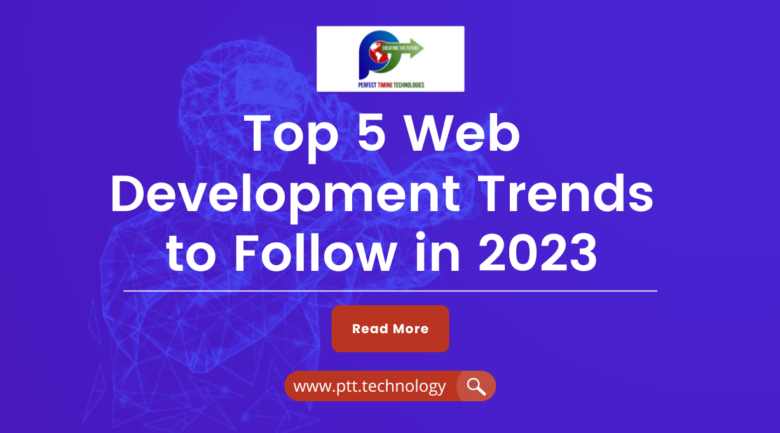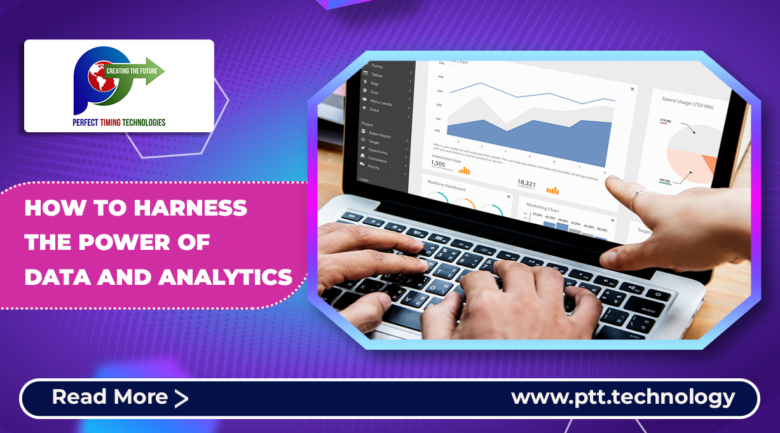
With the advancing technologies, numerous IT tools and solutions are available to help businesses grow. Digital transformation is not only for big companies these days. Even small and medium business enterprises are equally competitive and adaptive when embracing the latest IT tools and solutions.
There are innumerable digital tools that businesses utilize to enhance their digital transition. One such popular technology is the Enterprise Resource Planning (ERP).
Today, we will talk about ERP and how small businesses can leverage this technological solution.
Enterprise Resource Planning and its Key Characteristics
Enterprise Resource Planning, abbreviated as ERP, is a comprehensive and integrated software solution organizations use to manage and streamline their core business processes and functions. ERP systems facilitate the flow of information and data between different departments within an organization, ensuring that data is centralized, consistent, and readily accessible to support decision-making.
Mentioned below are the key characteristics and functionalities of ERP systems.
- Process Integration: ERP systems integrate various business processes and functions, such as finance, human resources, supply chain management, manufacturing, sales, and customer relationship management, into one unified platform. This integration helps eliminate data silos and ensures data consistency.
- Centralized Data: ERP systems store an organization’s relevant data in a central database, allowing authorized users to access and update information as needed. This centralization enhances data accuracy and reduces redundancy.
- Real-time Information: ERP systems provide real-time or near-real-time information, enabling organizations to make informed decisions quickly. It is extensively helpful in managing inventory, production schedules, and customer orders.
- Task Automation: ERP systems automate many routine tasks and processes, reducing manual data entry and the potential for errors. It includes generating financial reports, processing payroll, and managing inventory levels.
- Reporting and Analytics: ERP systems typically offer robust reporting and analytics tools that allow organizations to analyze data and gain insights into their operations. It helps in strategic planning and performance monitoring.
- Collaboration: ERP systems support collaboration by providing tools for communication and data sharing among employees, departments, external partners and suppliers associated with a business.
- Security: ERP systems incorporate security features to protect sensitive business data and ensure that access is restricted to authorized users.
How Can Small Businesses Leverage the Potential of Enterprise Resource Planning?
Small businesses can leverage the potential of ERP systems to enhance their operations and compete more effectively in the market. While ERP implementations have historically been associated with larger enterprises, there are now options and strategies that make ERP systems accessible and beneficial for small businesses.
Let us find out ways in which small businesses can leverage ERP systems.
- Select a Scalable Solution: Choose a scalable ERP solution that can grow with your business. Look for cloud-based ERP options that allow you to start small and expand as needed without significant upfront investments in hardware or software.
- Focus on Core Needs: Identify the core processes and functions critical to your business operations. Start with the modules that address your most pressing needs, such as accounting, inventory management, or CRM.
- Customization: Many ERP systems offer customization options to tailor the software to your business requirements. Customize the system to align with your workflows and industry-specific needs.
- Training and Support: Train your employees to understand how to use the ERP system effectively. Smaller businesses often have the advantage of agility, so your team should be able to adapt quickly to new processes.
- Data Analytics: Utilize ERP’s data analytics and reporting features to gain insights into your business operations. It can help you make data-driven decisions and identify areas for improvement.
- Mobile Access: Choose an ERP system that offers mobile access, allowing you and your employees to access essential data and functions remotely.
- Vendor Selection: Select an ERP service provider like Perfect Timing Technologies that understands the needs and constraints of small businesses. We offer packages specifically designed for smaller enterprises, with more affordable pricing and simplified implementations.
- Continuous Improvement: Continuously evaluate and optimize your ERP system to ensure it remains aligned with your business goals and evolves as your business grows.
- Security and Compliance: Protect your sensitive business data by implementing security best practices and ensuring your ERP system meets any industry-specific compliance requirements.
- ROI Measurement: Regularly assess the ROI of your ERP system to ensure that it delivers value to your business. Make adjustments or expansions as needed to maximize the benefits.
Final Thoughts
By carefully selecting, implementing, and adapting an ERP system to suit your specific business, you can streamline operations, reduce costs, enhance customer experiences, and position for growth in an increasingly competitive market.
Talk to our IT experts today.







